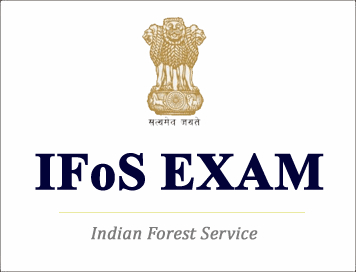Suggesting an out-of-court rapprochement among rival parties in the 68-year-old Ram Janmabhoomi-Babri Masjid title dispute, CJI advised peace negotiations instead of a pitched court battle, even offering help to settle the fight amicably.
The dispute, which has seen much tension and violence over the past decades, debuted in court in 1950 when Gopal Simla Visharad filed the first suit in the Faizabad civil court for rights to perform pooja to Ram Lalla.
The same year saw Paramahansa Ramachandra Das also file a suit for continuation of pooja and keeping idols in the structure. Nine years later, in 1959, NirmohiAkhara followed with a third suit for directions to hand over the charge of the disputed site.
U.P. Sunni Central Wakf Board filed the fourth suit in 1961 for declaration and possession. The fifth was in 1989 in the name of Ram Lalla Virajman for declaration and possession.
On September 2010, a three-judge Lucknow Bench of the Allahabad High Court held that Hindus have the right to the makeshift temple under the central dome of the Babri Masjid.
The High Court ruled in favour of a three-part division of the disputed 2.77 acre area among the Sunni Waqf Board, NirmohiAkhara and the Ram Lalla at the disputed site. The Bench had relied on Hindu faith, belief and folklore.
The Sunni Waqf Board and other parties filed their appeals in the Supreme Court against the 2010 judgment. The appeals have remained pending in the SC for the past six years.
CJI Khehar said parties should understand that these are sensitive issues involving religious sentiments. They should adopt a give and take approach to arrive at a consensus, he suggested.
The NDA government has proposed to make Aadhaar mandatory for individuals to apply for a PAN (Permanent Account Number) card and file income tax returns from July 1 this year.
Finance, Defence and Corporate Affairs Minister Arun Jaitley moved an amendment, to this effect, in the draft Finance Bill 2017 that was taken up by the Lok Sabha.
Centre made it mandatory for beneficiaries to quote their Aadhaar number to avail themselves of benefits under the PMKVY for skill development, and the Self Employment Scheme for Rehabilitation of Manual Scavengers.
The Centre had identified 31 schemes in which the Aadhaar could be made mandatory.
Notifications have been issued in recent months by departments to make Aadhaar compulsory for getting subsidised foodgrains under the NFSA, jobs under the MGNREGA and pension benefits under the Employees’ Pension Scheme.
The Cabinet Secretariat has asked all Ministries to issue a notification under Section 7 of the Aadhaar Act, 2016, which makes the use of Aadhaar “an identifier for delivery of subsidies or benefits or schemes” to beneficiaries.
India slipped down one place from 130 to 131 among the 188 countries ranked in terms of human development, says the 2016 Human Development Report (HDR) released by the United Nations Development Programme (UNDP).
India’s human development index (HDI) value of 0.624 puts it in the “medium human development” category, alongside countries such as Congo, Namibia and Pakistan.
It is ranked third among the SAARC countries, behind Sri Lanka (73) and the Maldives (105), both of which figure in the “high human development” category.
The world’s top three countries in HDI are Norway (0.949), Australia (0.939) and Switzerland (0.939).
The HDI is a measure for assessing progress in three basic dimensions of human development: a long and healthy life, access to knowledge, and access to a decent standard of living.
The report says 1.5 million people worldwide still live in multidimensional poverty, 54% of them concentrated in South Asia. While poverty fell significantly from 1990 to 2015, inequalities sharpened in the region.
South Asia also had the highest levels of malnutrition in the world, at 38%, and the lowest public health expenditure as a percentage of the GDP (1.6%, 2014). India’s public health expenditure was even lower, at 1.4% of the GDP.
However, it did make some gains between 1990 and 2015, improving life expectancy by 10.4 years in this period. Child malnutrition also declined by 10 percentage points from 2015, and there was a modest gain in infant and under-five mortality rates.
The report noted with approval India’s progressive laws, especially the Right to Information, National Food Security, and Right to Education Acts.
Noting that women, on an average, have lower HDI than men across the world, the report pointed out that the largest gender disparity in development was in South Asia, where the female HDI value is 20% lower than the male value.
In South Asia, gender gaps in entrepreneurship and labour force participation caused an estimated income loss of 19%. “Between their first and fifth birthdays, girls in India and Pakistan have a 30% to 50% greater chance of dying than boys,” the report noted.
While India’s HDI value increased from 0.428 in 1990 to 0.624 in 2015, it still had the lowest rank among BRIC nations. However, its average annual growth in HDI (1990-2015) was higher than that of other medium HD countries.







